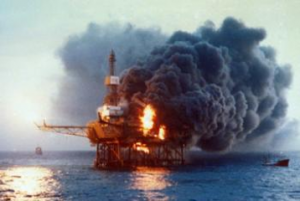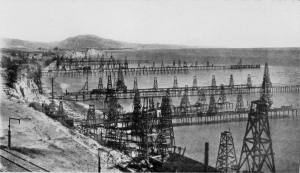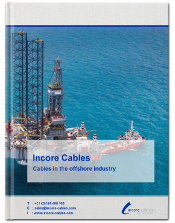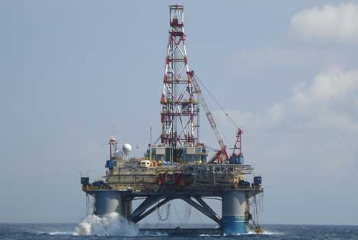Development of high standards for offshore cables
Offshore cables have the highest demands as compared to other kinds of cables. Safety is important because small mistakes can lead to serious and major consequences. Especially on offshore oil and gas rigs it is essential to reduce the risks of explosions, fire and leakage. A disaster such as the Piper Alpha platform in 1988 did not only cause human losses but also serious environmental damage. In addition, if an accident occurs it is very difficult to provide assistance at open sea and even by the time emergency services arrive, most of the damage has already occurred.

Disasters like the Piper Alpha result in improving standards for systems and installations for offshore platforms as a whole. Another reason why standards for offshore cables are pushed to a higher level is the fact that existing oil and gas fields will run out. Besides, the demand for oil and gas will rise because of the population growth around the world. This results in drilling efforts for new resources further away from the main land in deeper waters and with heavier weather conditions.
Pushing the boundaries in the offshore world

Until 1950 it seemed impossible to drill for oil in open water. Nowadays, offshore drilling structures are located far outside territorial waters. Over the years, offshore innovations have led to a higher production of oil and gas. They even reached deeper waters with depths of more than 3.000 meters.
According to the World Energy Outlook published by the International Energy Agency global energy demands will be approx. 37% higher in 2040 as compared to 2015. To meet these demands, more technological innovations will be necessary to push geographical boundaries.
Extreme environment

Structures in the offshore industry must be designed to resist extreme environmental conditions. Such as extreme waves, strong winds, earthquakes, iceberg loads and extremely cold temperatures. The ongoing demand for oil and gas will push oil exploration further into new frontiers. This will bring new challenges and risks for operation in these already harsh environments.
High standards for offshore cables
Due to all the above, standards for offshore cables are extremely high. Every cable used in the offshore industry must withstand and remain operational during these conditions. The offshore industry is a major hazard industry. High safety standards must bring the risk of an accident down to the absolute minimum. The most important reason for the standard is the safety of the workers. It needs to be maintained at all times.
There are existing standards for offshore cables such as the BS 6883, BS 7917, NEK 606 and IEEE 1580. All offshore cables are tested according to these standards. They receive a certificate with a type approval if they meet the standards. Future developments in the offshore industry will bring new challenges and new risks will lead to an upgrade of the basic standards for offshore cables.
More about cables in the offshore industry?

Receive our eBook and you will find more information about:
- Development of the offshore cable standard.
- International offshore cable standards.
- Types of offshore cables.
- Offshore cable properties.
- Type approvals for offshore cables.
- Types of applications for offshore cables.







